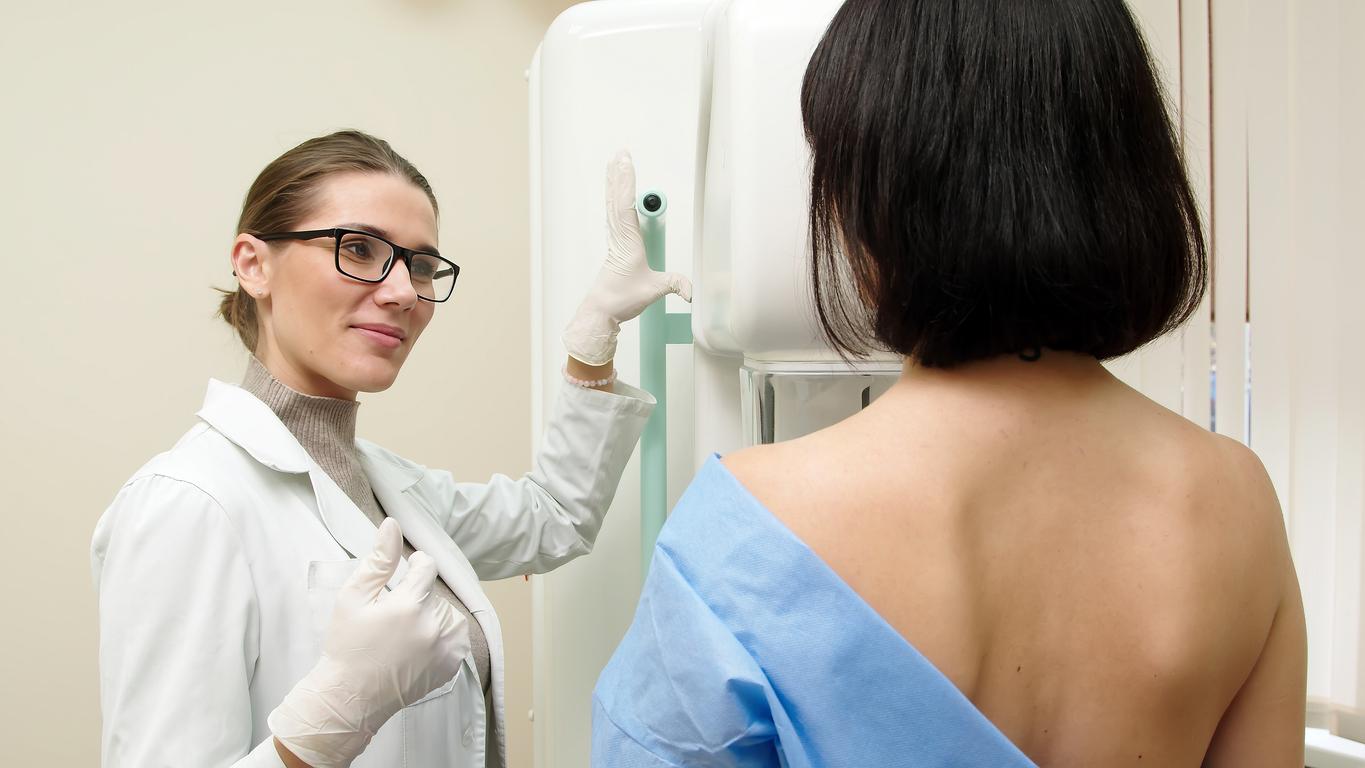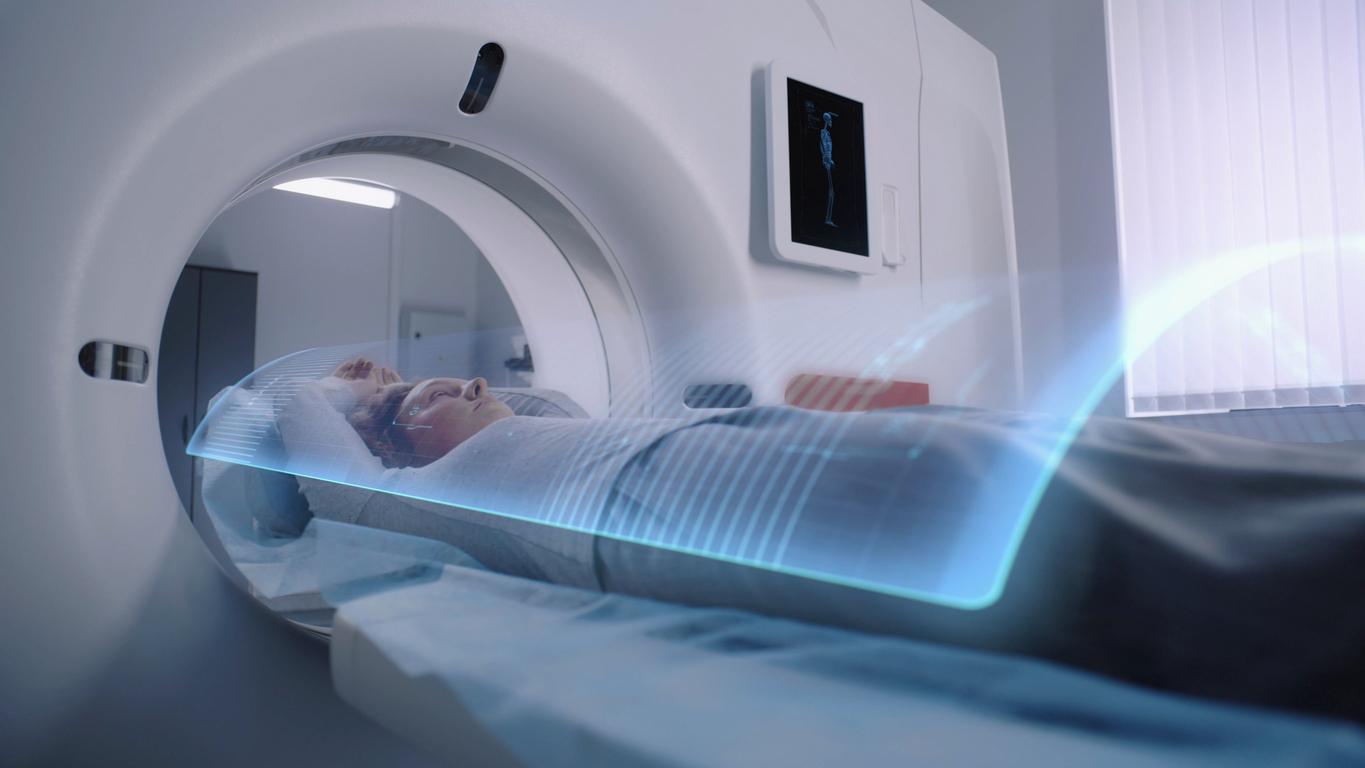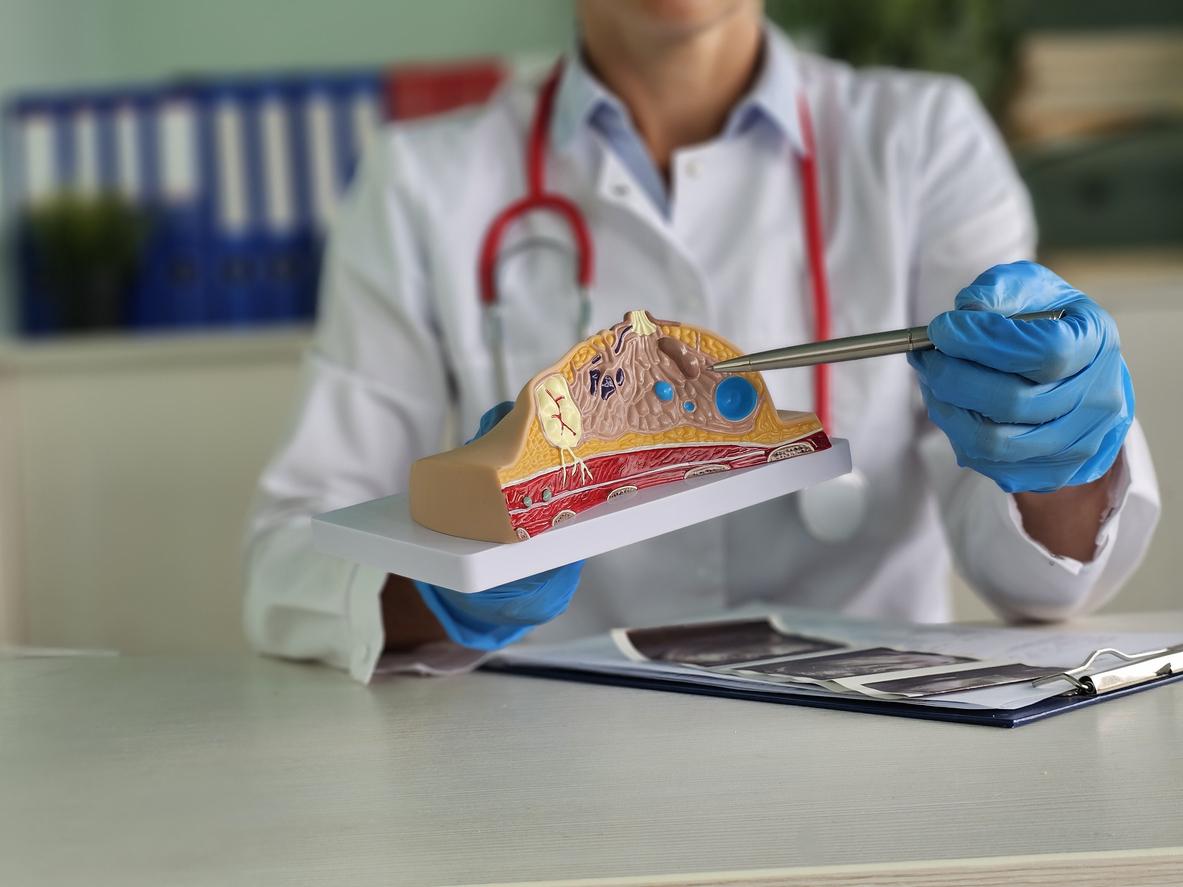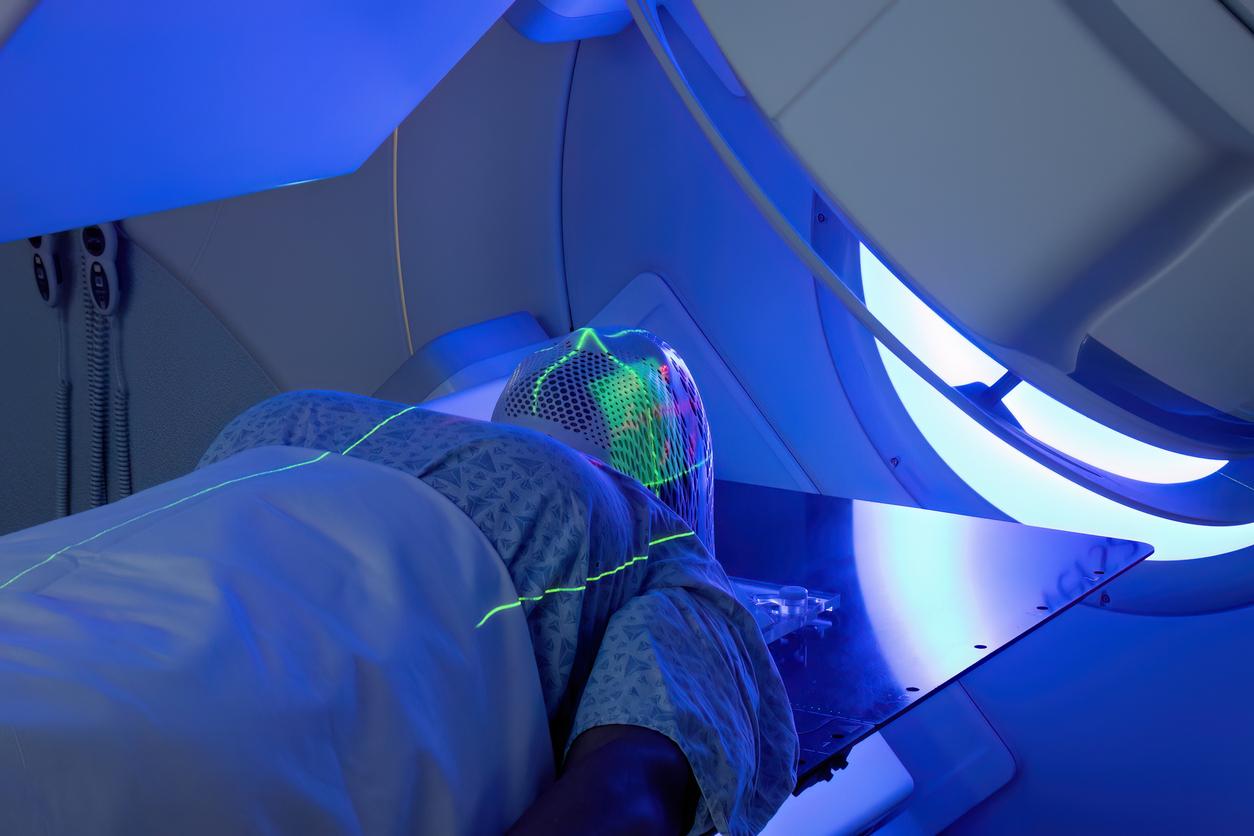Called “Taking cancer by the throat”, this awareness campaign deployed in the media and on social networks aims to make the general public aware of the first symptoms of head and neck cancer.

Persistent sore throat, canker sores, lymph nodes, blocked nostril… Although commonplace and related to minor illnesses such as nasopharyngitis or angina, these symptoms can also be the sign of a much more serious pathology, starting with cancer of the upper respiratory and digestive tract (VRDS).
This is what a vast awareness campaign launched this week by the French Society of Cervicofacial Oncology (SFCF) and Corasso patient association. The objective of this campaign, called “Let’s take cancer by the throat”: to make the general public aware of the symptoms and risk factors of head and neck cancer. These include: hoarse voice, persistent canker sores, nosebleeds, pain when swallowing, white or red spots in the mouth, a sore throat that does not pass, a swollen gland or a blocked nostril.
Misunderstood and misdiagnosed cancers
Each year, head and neck cancer affects 16,000 new patients, making it the fifth leading cause of cancer death in France. Among the risk factors, tobacco is in the first place. Smoking is indeed responsible for 9 out of 10 cases of VRDS cancer. Alcohol consumption and human papillomaviruses (HPV) can also be the cause of cancers of the upper aerodigestive tract, tonsils or base of the tongue.
However, few smokers or occasional drinkers are aware of these cancers, their risk factors and their warning signs. Hence the need for this campaign, which is supposed to alert the general public. “When you have a number of symptoms in the throat of the nose that last more than three weeks and do not go away on their own, in particular a lump in the neck, a ganglion, or an ulcer in the mouth or a sore throat , angina that does not pass, you must consult a doctor”, insists Pr Béatrix Barry, ENT surgeon, at Bichat Hospital, questioned by France Info.
This screening for head and neck cancers is all the more necessary since when they are treated at an early stage, the survival rate is 80 to 90%. But this rate “collapses beyond certain tumor sizes”, underlines for LCI a surgeon in the ENT department of the Institut Curie.
A major campaign
Launched on September 16, the campaign “Let’s take cancer by the throat” is declined in posters, visible in anti-cancer centers, pharmacies and doctors’ surgeries. They are there to remind patients that if they have had “these symptoms for three weeks” they should tell their doctor.
Several 45-second films directed by Frédéric Petitjean, himself affected by cancer, will be broadcast this week in cinemas, on television and on social networks.

.
















